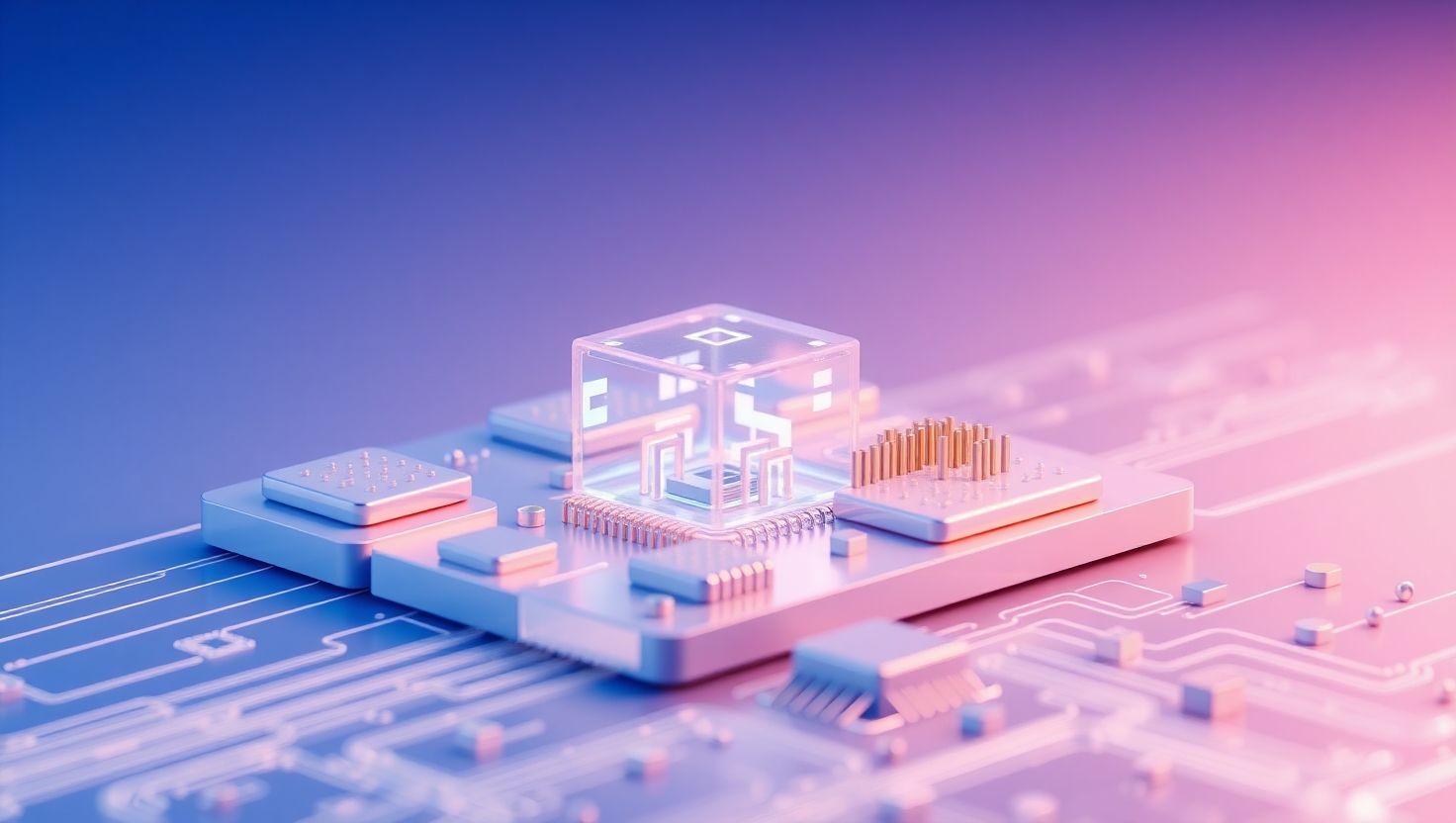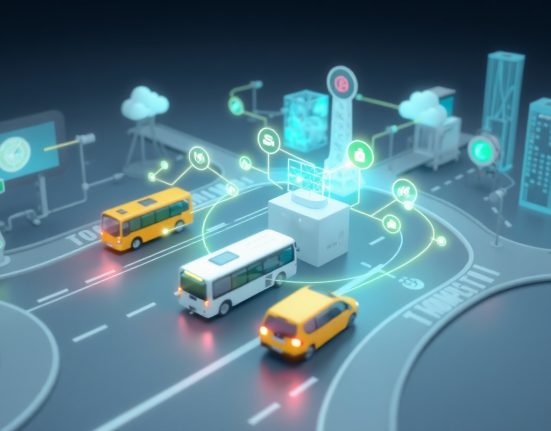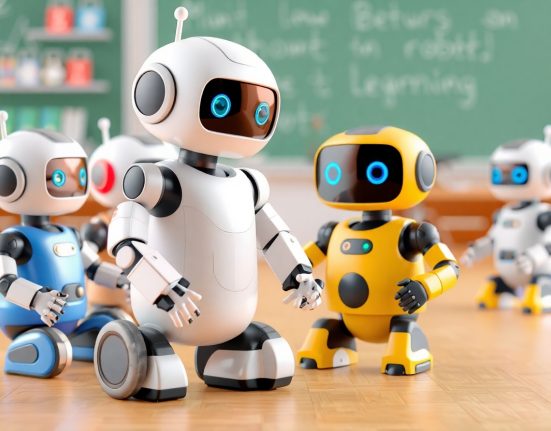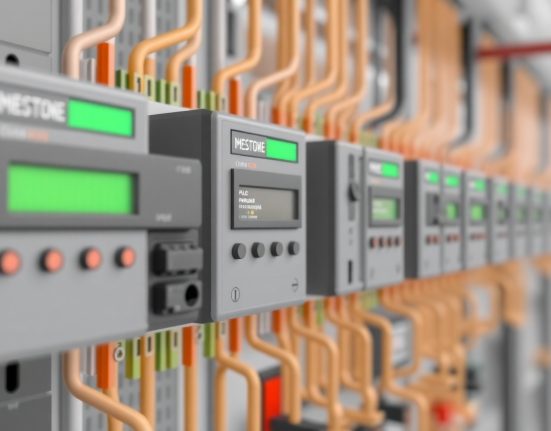Imagine a world where artificial intelligence doesn’t require massive computing clouds, constant internet connection, or particularly expensive hardware. A world where AI can operate inside a small toy, a simple sensor, a smartwatch, or even a file the size of a photo. This isn’t science fiction – this is TinyML. We’re talking about one of the most exciting fields in artificial intelligence today, managing to combine power with minimalism in an inspiring way.
TinyML is short for Tiny Machine Learning. What we’re talking about here is the ability to run machine learning models on hardware with very limited resources – usually based on microcontrollers. In other words, those small, cheap chips found inside countless everyday devices. What’s amazing is that with a little planning, optimization, and creativity, you can get models that once required powerful servers to run on components that consume less electricity than a single light bulb.
The magic of TinyML isn’t just in the size, but also in the revolution it creates in edge computing (Edge AI). Instead of sending data to the cloud for processing, models can operate directly on hardware that’s close to the user, sometimes even inside the device itself. This means faster processing, energy savings, and better privacy protection – because you don’t need to send data outside. All this opens up new and exciting possibilities: voice recognition in smart home devices that don’t need internet, smart industrial sensors that monitor equipment without needing the cloud, or toys that can understand voice commands without requiring an external connection.
What fascinates me most personally is the simplicity this field brings with it. Yes, there’s very advanced technology here – but it manages to exist precisely because of the simple approach. The models are small, very focused, and tailored exactly to the need. Instead of trying to solve all problems at once, TinyML focuses on small tasks: recognizing a pattern, tracking movement, distinguishing between sounds. And the beauty is that it’s enough – it enables real applications in the real world, in huge quantities and at low cost.
The tools are also getting better. There are libraries like TensorFlow Lite for Microcontrollers that allow running tiny models even on chips with just a few kilobytes of memory. There are now communities of developers who are excited about the idea and publish open projects, tutorials, and custom libraries. The whole field feels like the beginning of a new revolution, one that brings the focus back to practice, efficiency, and working close to hardware.
I really believe that in the next decade we’ll see TinyML integrated into almost every field: medicine, agriculture, security, education, and consumer products. When AI becomes an integral part of a small sensor on your wrist or a tiny controller on a drone – we’re starting to understand the true power of artificial intelligence. Not just in servers or data centers – but everywhere. And that’s exactly what excites me – that the future isn’t just smart, but also small, fast, and accessible.














